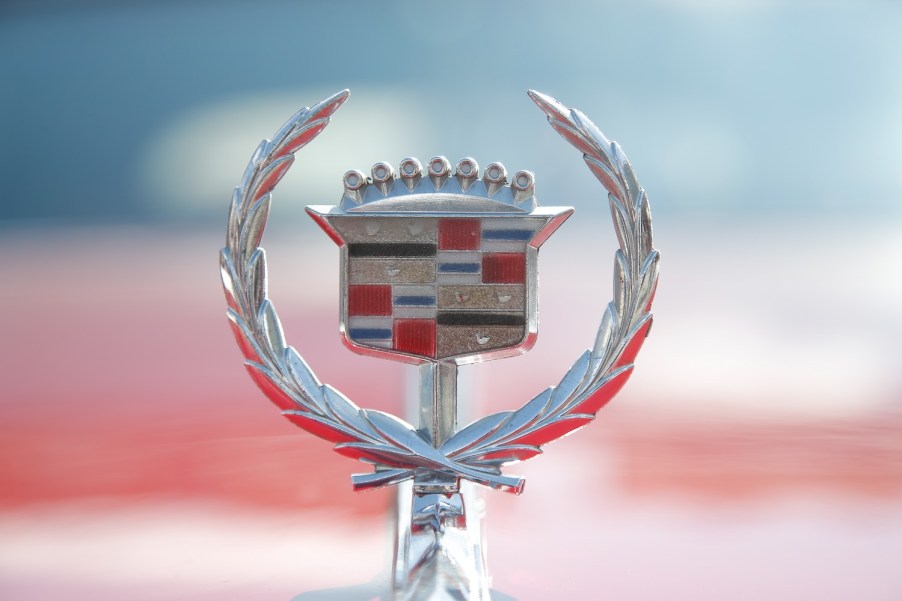
The King of Luxury: A Vermont-Born Engineer and Sworn Enemy of Henry Ford Was the Genius Behind Both Cadillac and Lincoln
Henry Leland was born in Vermont in 1843. He was an engineer who would bring the firearm industry’s interchangeable parts technique to Detroit, create Cadillac, found Lincoln, and even invent the electronic barber clippers. He revolutionized the early automobile industry but made some powerful enemies who would end his career.
Henry Leland transformed Ford into Cadillac

It seemed an innocent enough request. In 1902, Henry Ford abandoned his second attempt at a startup–the Ford Motor Company–after a dispute with his investors. So, the investors asked engineer Henry Leland to appraise the factory and its tooling before liquidating everything.
Leland found the factory in great shape and made a counter-offer. Build an all-new car with a one-cylinder engine he had just developed for Oldsmobile. It was a different era, and Leland’s entire career, he would play fast and loose with reusing technology he had developed for various clients.
The investors loved the idea, named the new company after Detroit’s founder (Antoine de la Mothe, sieur de Cadillac), and hired Leland. Little could Leland know that he had just made Henry Ford (who had already gone on to found the Henry Ford Company) a lifelong enemy.
At the helm of the new company, Leland created the first Cadillac. The car’s pioneering of interchangeable parts won it the “Dewar Trophy” in England in 1908. Leland showed off the new technology with a cheeky stunt: he shipped three Cadillacs to England where mechanics took them on a long drive into the country, disassembled them and swapped parts around, then drove them home. In 1909, General Motors bought Cadillac but kept Leland on as the company’s executive.
During WWI, the United States asked Leland to build the Liberty aircraft engine. But GM founder William C. Durant was a pacifist who turned the project down. Durant may be the most important automobile company founder not to have his name on any cars: he started GM, bought Cadillac, bought GMC, was kicked out of his own company, then co-founded Chevrolet and used his successful new company to complete a corporate takeover of GM. Durant was also a dangerous enemy to have, but Leland didn’t know that when he cut ties with Cadillac over the Liberty contract.
Henry Leland led Detroit to war

Leaving a prestigious position at General Motors might seem a foolish move. But the US Government had promised Leland a $10 million contract to build a V12 engine for its new planes. So, in 1917, Leland founded a defense contract company and named it after past President Abraham Lincoln: the Lincoln Motor Company.
After the war, Leland returned to what he did best: building luxury cars. The first Lincolns debuted an awe-inspiring V8 engine. Under careful examination, the engine bore an uncanny resemblance to a V12 Liberty aircraft engine with four cylinders lopped off. But no one seemed to mind.
Henry Leland and his son Wilfred struggled to turn a profit with the Lincoln luxury car company. But by 1922, they needed investors. Their solution was to put Lincoln up for auction. Though Durant’s business was booming, he wasn’t inclined to cut a check to Leland. In fact, the only offer the Lelands got was an insultingly low $5 million bid from none other than Henry Ford.
The Lelands actually went to court over the offer and, despite the sale being an auction, the judge agreed with their estimate that Lincoln was worth $16 million. Ford grudgingly came up to $8 million, and they all struck a deal.
For some reason, Ford agreed to keep Henry Leland on as executive. Ford assigned a series of his employees to streamline Lincoln, and relations between the Fords and the Lelands worsened. When Ford demanded Wilfred Leland resign, Henry handed his letter in alongside his son.
How a Vermont-born engineer revolutionized Detroit

The youngest of eight children born in a tiny Vermont town, Henry Leland may seem an unlikely candidate to found the two biggest luxury car brands in Detroit. However, he learned precision machining and later engineering during his apprenticeship at Brown & Sharpe in nearby Rhode Island. He would go on to work at other firearms companies in Rhode Island and Massachusetts, including Colt.
In those days, the Connecticut River Valley (which runs down the center of New England) was like the Silicon Valley of the booming firearms industry. During the 1800s, it led a revolution, transitioning from handbuilt to interchangeable parts. Leland was one of the pioneers who brought this philosophy from the booming and established firearm industry to the automobile industry, which was still a small upstart.
Next, learn why the man responsible for the civilian Hummer and latest G Wagon has turned into a climate-change activist, or see more about Henry Leland’s life in the video below:






